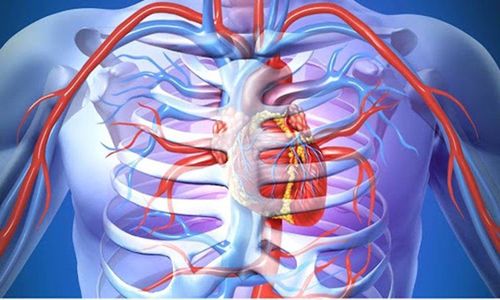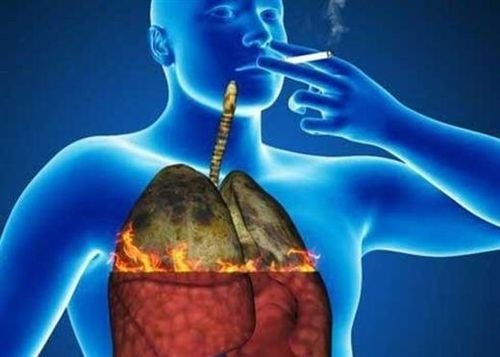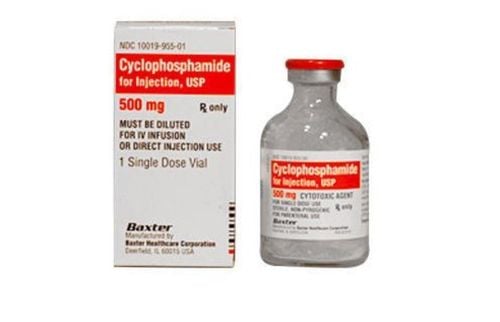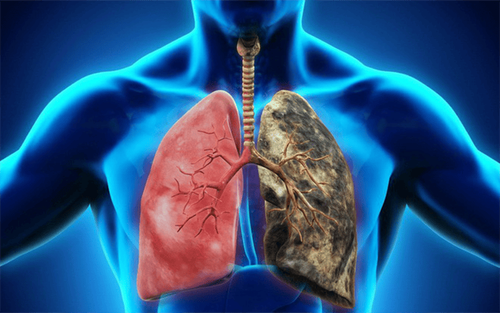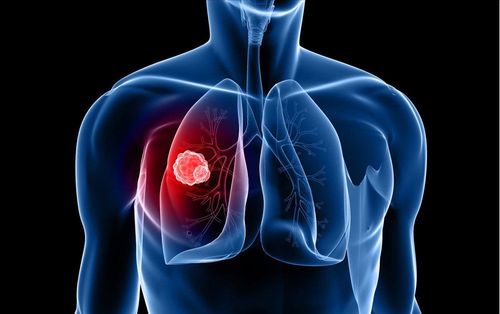This is an automatically translated article.
The article was written by Doctor Quach Thanh Dung - Department of Internal Oncology - Vinmec Times City International HospitalLung cancer is the leading malignancy, the disease has a high mortality rate if detected late. According to Globocan in 2018, the number of new cases of lung cancer in the world was 2.094 million, including 1.8 million deaths. In Vietnam, the number of new cases is 23,667 with 20,710 deaths. Up to 70% of lung cancer patients in Vietnam are diagnosed at a late stage, with difficult treatment and short survival time. Therefore, lung cancer screening plays a very important role in helping to reduce treatment costs, prolong survival and reduce the mortality rate of the disease.
1. What you need to know about lung cancer
Lung cancer is a malignancy that originates in the lung tissues in which the lung tissue grows uncontrollably to form a malignancy. This cell growth can spread beyond the lungs to other tissues or parts of the body, a process called metastasis. Most cancers that start in the lung (primary lung cancer) are carcinomas. Lung cancer is divided into two main types, small cell lung cancer and non-small cell lung cancer.1.1 Causes of lung cancer
Smoking: by far the main cause of lung cancer. Tobacco smoke contains at least 73 known carcinogens, such as benzo-pyrene, NNK, Buta-1,3-diene...In developed countries, 90% of deaths from lung cancer Among men in the year 2000 attributed to smoking, the rate for women was 70%. Exposure to asbestos, radon gas (in soil, mines), in addition asbestos can cause pleural cancer Outdoor air pollution has a small impact on the increased risk of lung cancer. Small particulate matter (PM2.5 dust) and sulfate aerosols (found in vehicle exhaust) are associated with a slight increase in risk. It is estimated that outdoor air pollution is responsible for 1–2% of lung cancer cases. Passive smoking: Risk of disease for people living with smokers increases by 20–30%
1.2 Symptoms of lung cancer
Signs and symptoms suggestive of lung cancer include:Respiratory symptoms: Low-grade fever, dry cough, cough, hemoptysis, wheezing, shortness of breath. Systemic symptoms: weight loss, fatigue, fever, clubbing. Symptoms due to the cancer putting a lot of pressure on adjacent organs: chest pain, bone pain, superior vena cava obstruction, difficulty swallowing, headache, vomiting..
2. Lung cancer screening
2.1. Why is lung cancer screening necessary?
Lung cancer remains the leading cause of cancer-related death worldwide. Despite many new advances in the diagnosis and treatment of this disease, overall 5-year survival in these patients remains as low as 16.8%. That means for 10 people with lung cancer, after 5 years only 1-2 people are still alive.The early diagnosis of the disease shows a very different treatment effect. The disease can be completely cured, helping to increase the survival time and improve the patient's quality of life.
Large studies around the world have been carried out showing that lung cancer screening is beneficial in reducing disease severity as well as reducing mortality from lung cancer.
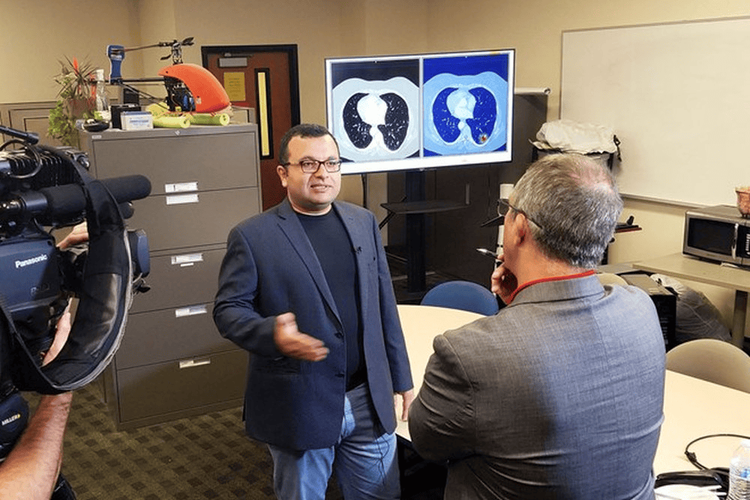
2.2. When to start screening and what tests to use for screening
Should start screening now when you are in the following 2 high-risk groups:
Group 1:
Age ≥ 55 Smokers ≥ 30 pack years (Unless stopped smoking > 15 years) Group 2
Age ≥ 50 Smoking ≥ 20 packs per year There is one other risk factor except passive smoking In addition, if you have the following symptoms, you should get screened for lung cancer right away:
Persistent cough, coughing up blood . Pain in one area of the chest. Change the voice. Wheeze. Fatigue often. Pain when swallowing. For screening we have to have a low-dose computed tomography (LDCT) chest CT scan, chest X-ray does not help detect early cancer. In addition, to confirm the diagnosis of lung cancer, the patient will be subjected to some more specialized tests such as bronchoscopy, biopsy, and transthoracic tumor biopsy.
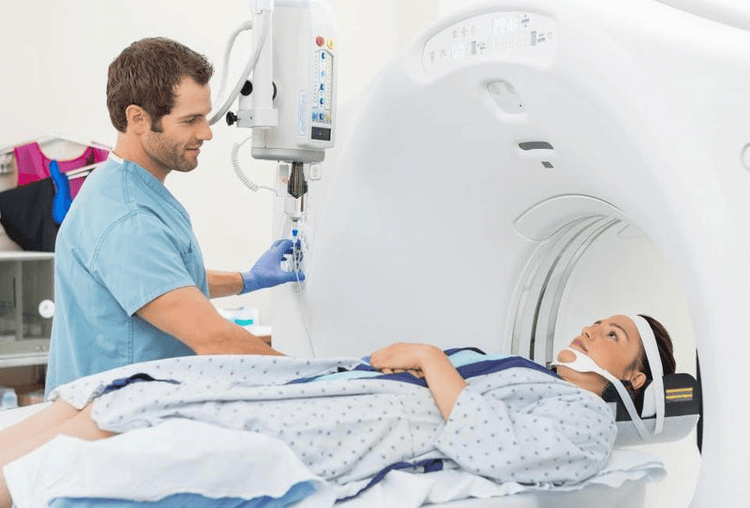
3. Possible risks when screening for lung cancer
In addition to the benefits achieved, lung cancer screening can also bring potential risks such as:
Lung cancer screening test results in patients with suspected lung cancer during real life. the absence of cancer present. This is called a false positive. Its consequences will lead to the implementation of further tests or unnecessary surgery. Lung cancer screening tests can detect cancerous lesions that are not harmful to the patient. This problem is known as overdiagnosis. Radiation exposure during repeated low-dose CT scans of the chest may increase the risk of cancer.
4. How often should lung cancer screening be done?
Lung cancer screening time will depend on detecting nodules on the lungs during the first screening, specifically according to the table below:
Lung cancer screening is the most effective measure for you promptly detect and treat lung cancer, protect their health and life. Currently, at Vinmec international general hospitals, there is a lung cancer screening package with many outstanding advantages such as: A team of highly qualified and experienced doctors; Having a full range of specialized facilities to diagnose the disease and stage it before treatment: Endoscopy, CT scan, PET-CT scan, MRI, histopathological diagnosis, gene-cell testing... There are full range of main treatment methods for cancer: surgery, radiation therapy, chemotherapy, stem cell transplant....
Please dial HOTLINE for more information or register for an appointment HERE. Download MyVinmec app to make appointments faster and to manage your bookings easily.





